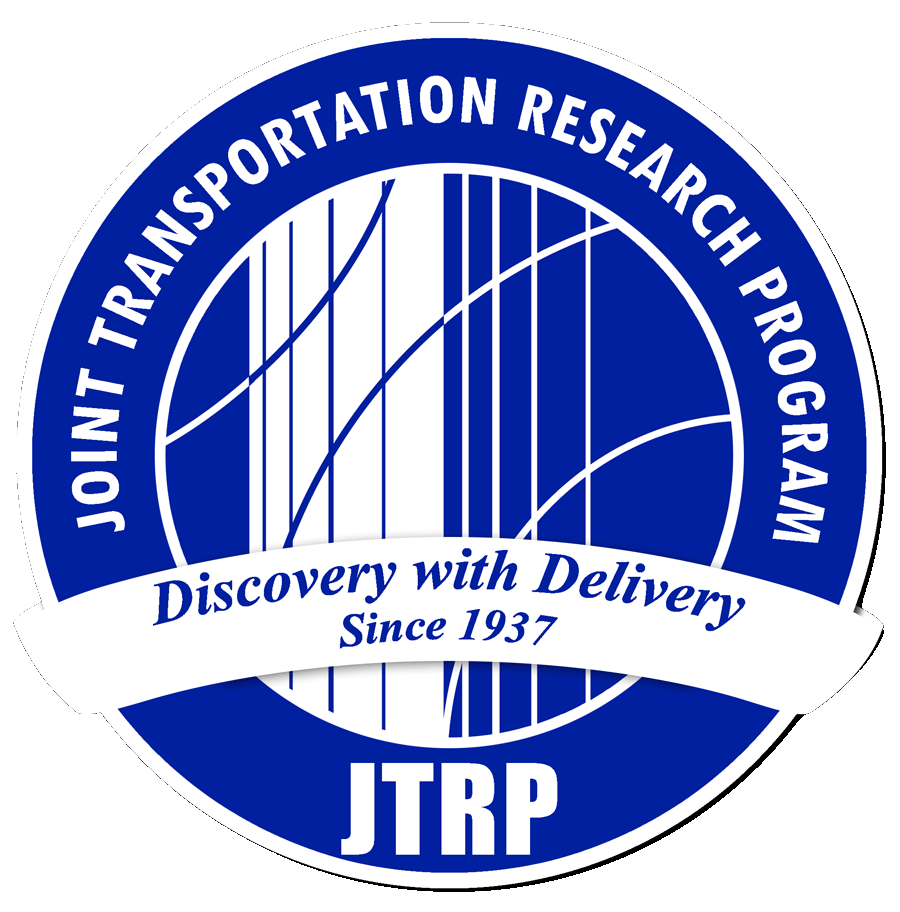Abstract
With over 90,000 miles of road in Indiana, it is important that adjoining vegetation be maintained for safety concerns, road structure maintenance and aesthetics. Mowing is currently the main form of vegetation management on INDOT (Indiana Department of Transportation) roadside. Ever-increasing fuel costs and the high labor demand associated with mowing leads to millions of dollars spent on in-house and contract mowing cycles each year. Drastic cost reductions can be achieved by reducing mowing cycles through the incorporation of other management tools including herbicide and native plantings. This study provides data on six herbicide tank mixtures (Milestone/Escort; Milestone/Escort/Plateau; Perspective; Perspective/Plateau; Viewpoint/Streamline; and 2,4-D/Escort/Plateau) and two mowing cycles (one-cycle and two-cycle) at six sites across the state. All herbicide treatments decreased broadleaf cover better than mowing treatments. Herbicide treatments containing Plateau, a plant growth regulator that retards cool-season grass growth, had the shortest grass height. Herbicide mixtures without Plateau were still shorter than mowing plots due to the seedhead suppression qualities found in the selective broadleaf herbicides. A cost savings of over 40% is achieved with one application of herbicide in lieu of one cycle of mowing. Further cost savings can be achieved through the planting of native vegetation, which was the focus of the second portion of this project. Four native seed mixes (western wheat, short grass, tall grass and short grass with forbs) were analyzed for use on right-of-ways. Successful native plantings have reduced maintenance costs for many DOTs across the country by eliminating mowing and herbicide needs. Drought and persistent weeds at study sites resulted in a sparse covering of native species during the year after planting. This is not uncommon for native roadside planting studies since many native grass species require two to three growing seasons to establish.
Keywords
integrated vegetation management, IVM, roadside vegetation, native plantings, weed management, herbicides, mowing, cost savings, carbon sequestration
Report Number
FHWA/IN/JTRP-2013/08
SPR Number
3414
Sponsoring Organization
Indiana Department of Transportation
Performing Organization
Joint Transportation Research Program
Publisher Place
West Lafayette, Indiana
Date of Version
3-2014
DOI
10.5703/1288284315210


